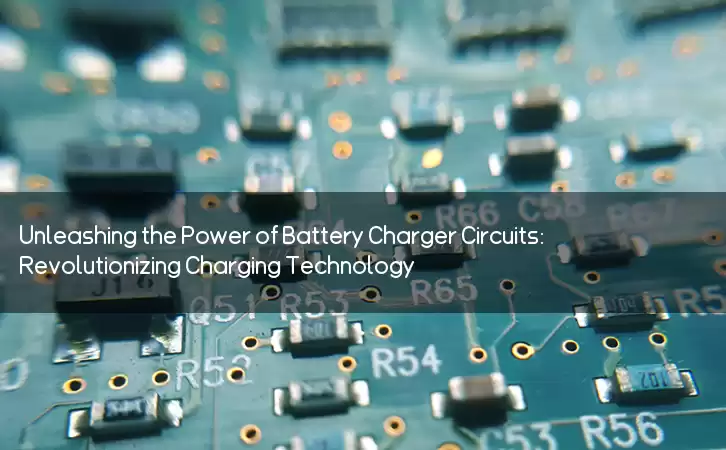Information Center
Unleashing the Power of Battery Charger Circuits: Revolutionizing Charging Technology
Published:2023-06-13 00:37:08 Author:Green WCND Views:52Battery Charger Circuit

A battery charger circuit is an electronic device that is used to charge a rechargeable battery. The circuit ensures that the battery is charged safely and efficiently by monitoring and regulating the charging process. Battery chargers are used in a wide range of applications, including mobile phones, cameras, laptops, and cars.

The basic components of a battery charger circuit include a transformer, a rectifier, a smoothing capacitor, a voltage regulator, and a control circuit. The transformer converts the alternating current (AC) from the power source to a lower voltage direct current (DC). The rectifier then converts the AC to DC by using diodes. The smoothing capacitor then filters out the AC components of the DC signal, producing a smooth DC output. The voltage regulator ensures that the DC output is a constant voltage, typically at 5V or 12V, depending on the application. Finally, the control circuit monitors the charging process and controls the charging current and voltage according to the battery type and status.
Different types of batteries require different charging methods. For example, lead-acid batteries require a constant voltage charge, while lithium-ion batteries require a constant current charge. The battery charger circuit must be designed accordingly to ensure that the battery is charged safely and efficiently.
The charging process can be divided into three stages: the initial current or bulk charge stage, the absorption or constant voltage stage, and the float or trickle charge stage. During the initial current stage, the battery is charged at a constant current until it reaches its maximum charge level. During the absorption stage, the charger maintains a constant voltage while the battery absorbs the charge. Finally, during the float stage, the charger maintains a trickle charge to keep the battery fully charged.
Battery charger circuits can be designed for different charging currents and voltages, depending on the application. For example, a fast charger can provide a high charging current to quickly charge a battery, while a trickle charger provides a low charging current to maintain the battery’s charge level over a longer period of time.
In conclusion, a battery charger circuit is a crucial component in many electronic devices. It ensures that the battery is charged safely and efficiently by monitoring and regulating the charging process. With the advancement of technology, battery charger circuits are becoming more intelligent and efficient, providing faster charging times, improved safety features, and better energy efficiency.
The battery pack is the heart of a golf cart, silently powering every acceleration and climb on the green. However, battery degradation often goes unnoticed, mu···
The battery pack is the heart of a golf cart’s power system, yet maintaining it has long been a challenge for technicians. Traditional troubleshooting methods—···
For golf course managers, ensuring smooth and efficient operations is crucial for providing a memorable experience for golfers and maintaining the reputation of···
A battery tester ensures golf course cart batteries operate efficiently and reduces downtime through the following ways:I. Precise Battery Condition DiagnosisOp···





